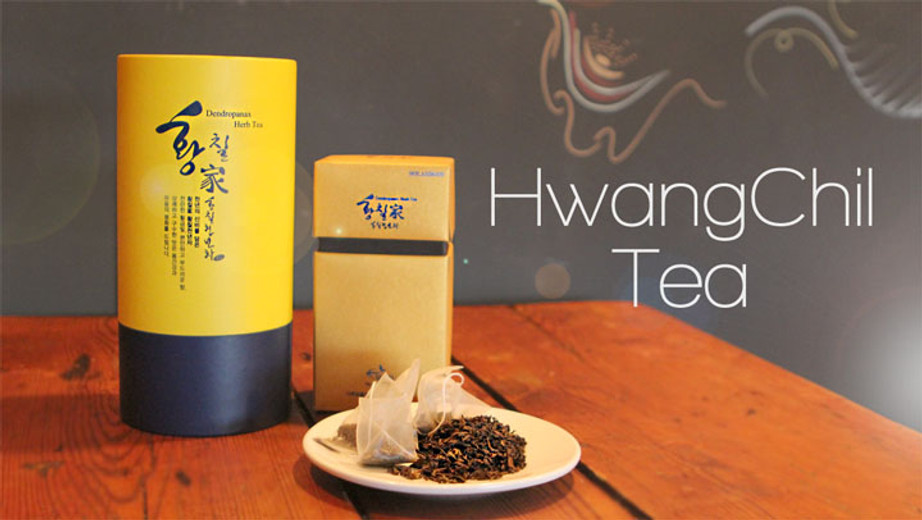From East to West: How to Prepare Hwangchil Tea
Posted by Yullyeosa on Jul 24th 2022
Cobblestone streets lined with neatly tucked traditional art, food and teahouses, portray Insadong as one of the most uniquely bustling neighborhoods in Seoul. Originally designated a place of study for painters, in modern times a plethora of traditional Korean teahouses have taken root.
Transfixed by the incredible Korean teas enjoyed on my journey as a language student in South Korea, I naturally became drawn into the exploration of tea culture in this corner of the big city. The number of large coffee and tea franchises in Seoul is astounding, and foretelling of an important social tradition.
Dating back to the Silla and Joseon dynasties, tea ceremonies were performed daily by monks and The Royal Family, namely, as a means of honoring the ancestors. Relaxation, in and of itself, with an intention to reconnect the mind and body, though not frequently specifically mentioned, has likely informed the practice into modern times.
Following my curiosity into tradition, I’d begun to host Hwangchil Tea Ceremonies upon my return to the United States. Long prized for its medicinal and emotionally calming benefits, Hwangchil was once coveted by kings in Asia for thousands of years. It was also lusted after as a very precious, high-quality product for trade.
Personally, I enjoy Hwangchil for its adaptogenic properties that encourage a healthy response to stress by creating homeostasis in the body; essentially, the most optimal conditions for health. These qualities aside, Hwangchil tea is relaxing and perfect for social calls and breaks throughout the day.
In preparing Hwangchil tea one should first bring the water to a boil, pour it into a largish bowl and let it cool to about 60 degrees Celsius (140 degrees Fahrenheit). If the water is too hot, then much of the tea’s bitterness will be extracted into the water and the vitality of the tea will be compromised. At this lower temperature the fragrance of the tea is extracted more slowly.
Alternatively, heat the water to 60 degrees C (140 degrees F). Pour the water directly into the teapot, eliminating the need for a second bowl.
After warming the tea leaves in the teapot, pour in the water and let the leaves infuse for two or three minutes. It is important when pouring the tea to make sure that the taste is evenly distributed in all cups. Therefore, never fill each cup in a single pouring, but fill them little by little - up to three servings each. While drinking the tea, refill the teapot with water.
Sip the tea slowly allowing its fragrance to fill your mouth. There is no need to have any special attitude while drinking except perhaps one of thankfulness. The nature of the tea itself is that of no-mind. It does not discriminate and make differences. It is just as it is.
There are four inherent attributes to tea: peacefulness, respectfulness, purity and quietness. In drinking tea these qualities may be cultivated in the drinker. Drinking tea gladdens the mind. The taste of the tea is the taste of the entire universe because it is produced entirely through natural sunlight, water, wind, clouds and air.
By Yullyeosa from Mago Cafe in Sedona, AZ.


